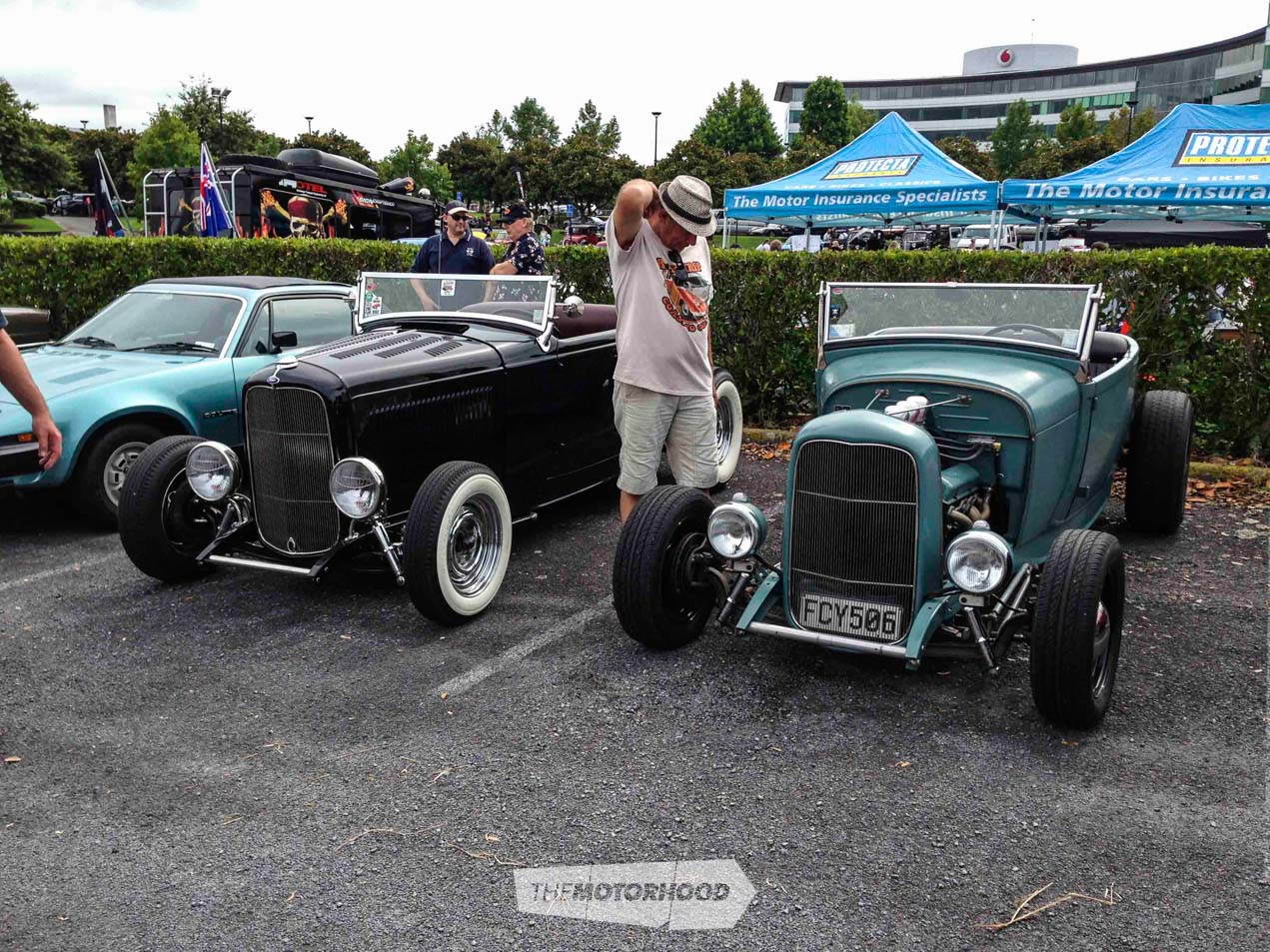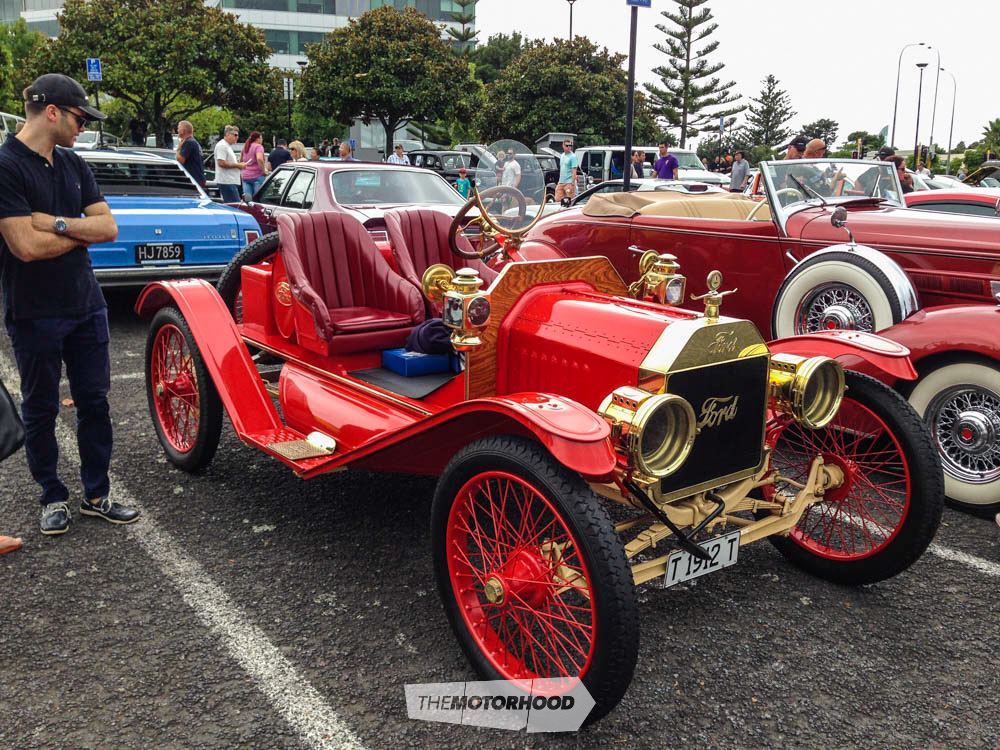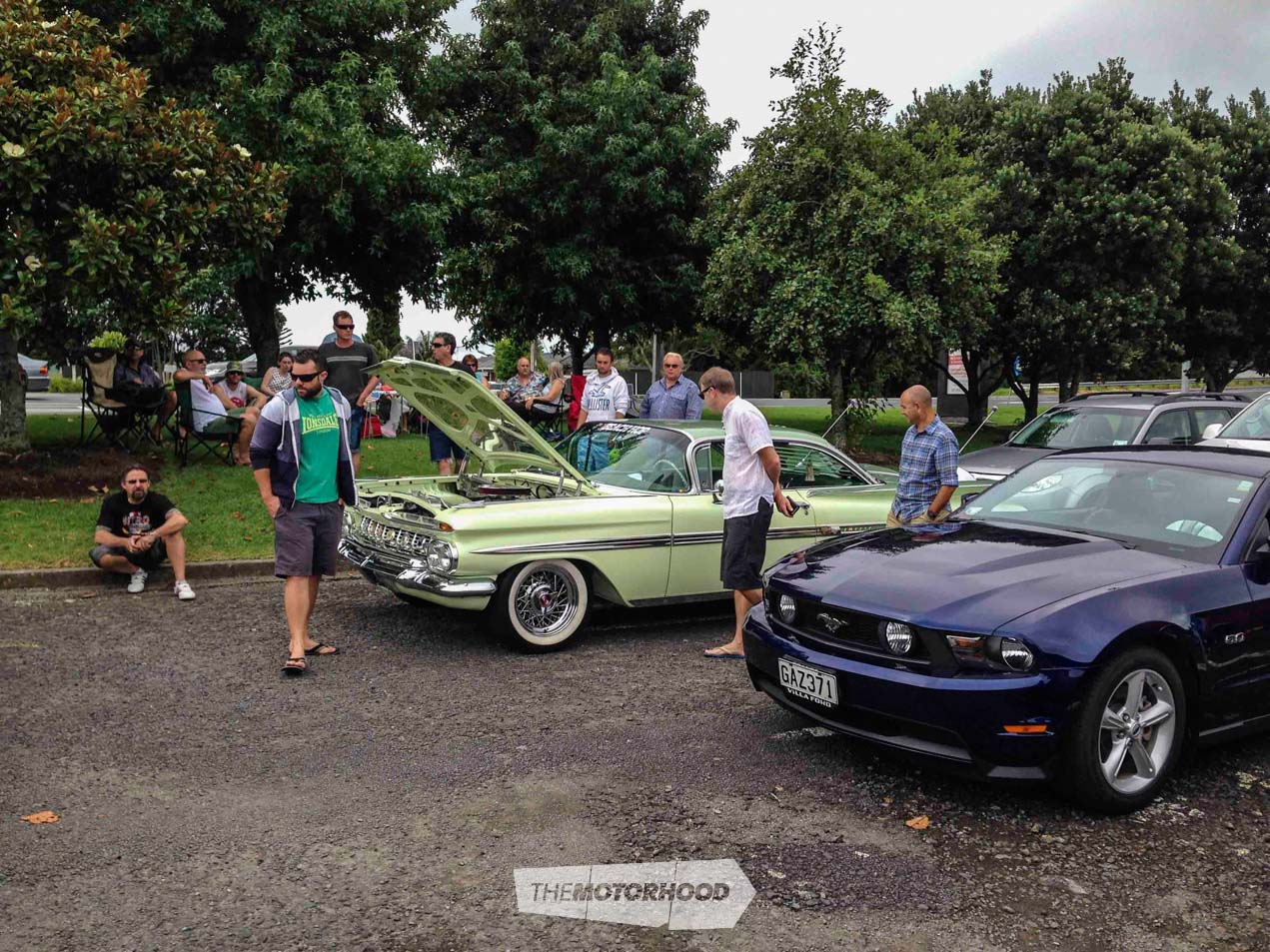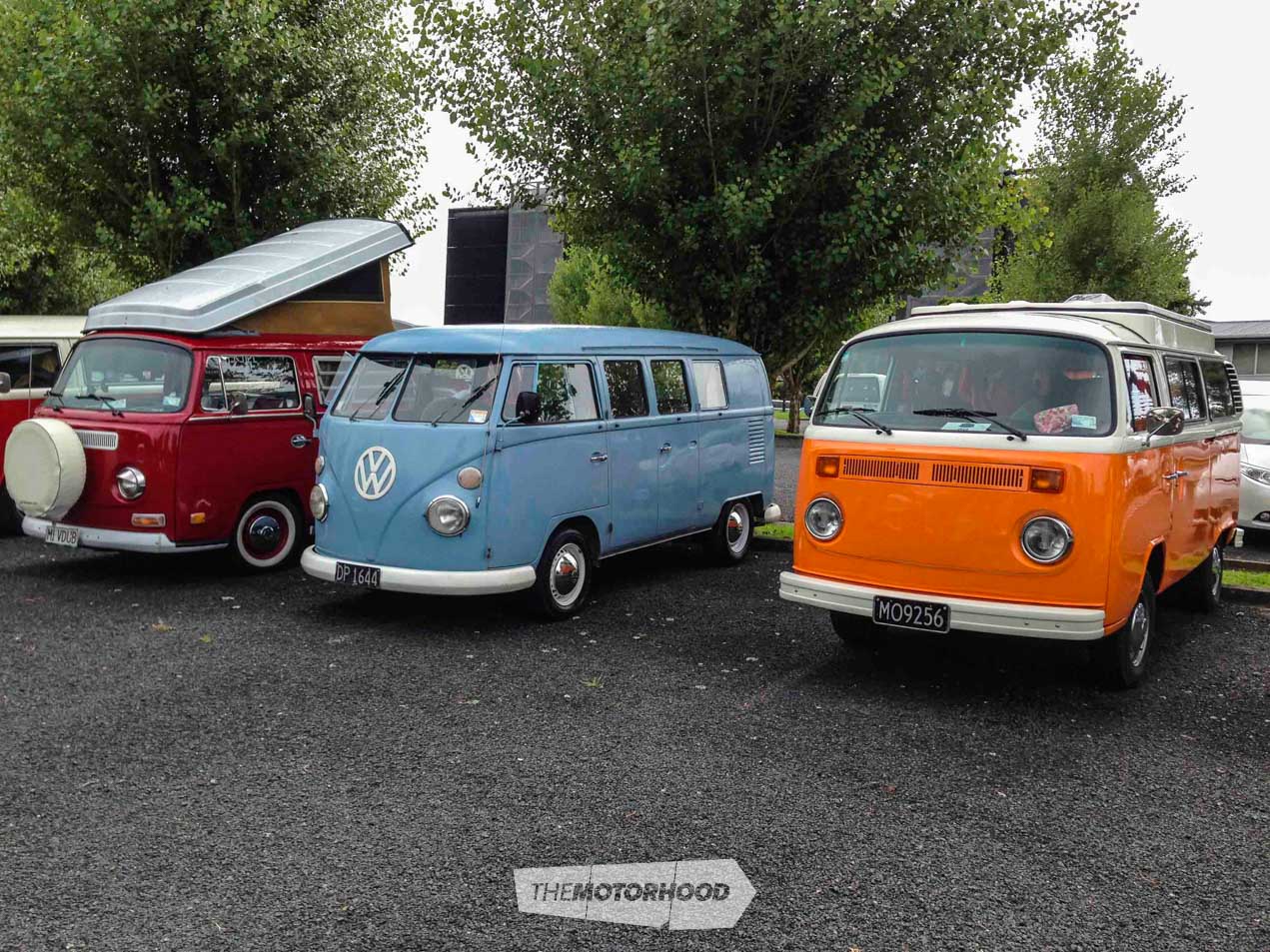Caffeine and Classics is a brunch-style event held on the last Sunday of every month, and open to all types of classic vehicles. Motorcycles, hot rods, muscle cars, vintage and classic cars are all welcome to come along for a coffee, and to have a look at the wide variety of vehicles that are present.

The event is held from 10am to 12pm at Smales Farm car park, Northcote Rd, Takapuna, beside the motorway, and just 5km north of the Auckland Harbour Bridge. There is plenty of easy parking.
Caffeine and Classics has become New Zealand’s biggest monthly meet. With numbers ranging from 350 to over 1000 vehicles every month, it is a great place for like-minded enthusiasts to get together.
For the fifth anniversary celebrations on February 25 there will be a free gift upon entry of a high visibility, reflective safety triangle (approx. value of $20) for the first 500 vehicles, kindly supplied by Dura Seal. The organizers of Caffeine & Classics support safe motoring, and believe that all cars should carry a safety triangle to alert traffic of an accident or broken down vehicle, and what better way to achieve this than to give one away. Thanks Dura Seal!
So come and join in. All car and bike enthusiasts are welcome.
For more information visit facebook.com/caffeineandclassics.

















